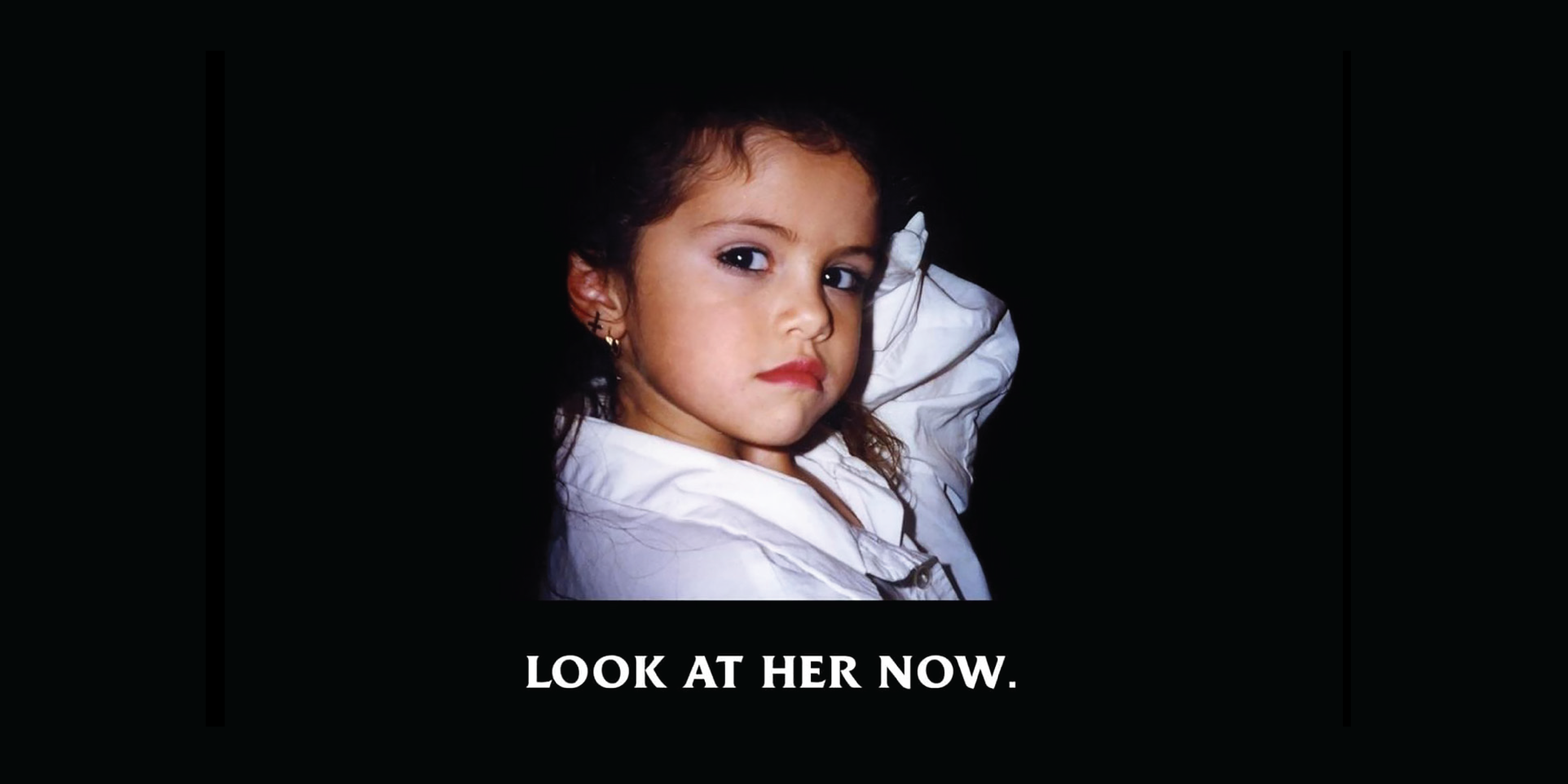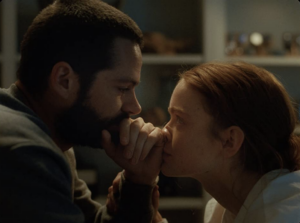What feels like light-years ago, Selena Gomez sang “Who says you’re not perfect? / Who says you’re not worth it? / Who says you’re the only one that’s hurting?” in her 2011 song “Who Says,” a juvenile self-confidence anthem that felt like the reassuring words of an older sister. At the time, Gomez was rarely involved in the creative process of her music and became a Disney blueprint for manufacturing pop stars.
Since her days as a Disney starlet, Gomez has dealt with mental health issues, a kidney transplant surgery, and an ongoing battle with lupus. She has also experienced highs and lows in very public relationships, and like many celebrities, she has struggled with seeing her personal life utilized as entertainment. This caused Gomez to put her music career on hiatus, only releasing a handful of non-album singles since her 2015 album, Revival. Now, almost five years later, Gomez makes a triumphant return with her latest project, Rare.
Previously criticized as a generic, manufactured pop star with little to say, Gomez expresses in Rare a sense of maturity and self-awareness largely absent from her previous discography. It is the first album in which she is credited as a co-writer on every single song, establishing it as her most personal work to date. Gomez’s direct involvement in writing the album makes her clearly heard for one of the first times in her career. There is a sense of vulnerability in her lyrics, allowing the listener to feel as if they are flipping through the pages of her diary.
The album’s lead single, “Lose You To Love Me,” exemplifies this journal-like quality. In a three-and-a-half minute ballad, Gomez takes responsibility for ignoring the red flags in a toxic relationship and reveals that the loss of her lover resulted in the discovery of her true self. Unlike many of her past dance-pop hits, this track is piano-driven and uses powerful imagery to evoke Gomez’s newfound self-love. The final 30 seconds of the song feature choir-like vocals that allow the lyrics “And now, the chapter is closed and done” to feel like the beginning of Gomez’s true revival.
Much of Rare feels like Gomez chanting in front of a mirror, declaring that she is worthy of love, from both herself and those around her. Unlike her past work, the album marks the first point at which Gomez’s confidence feels genuine and not contrived. The titular track, “Rare,” begins the album with breathy, Taylor Swift-esque vocals supported by bongo drum rolls and a smooth guitar line. Thematically, the song represents the evolution and maturity of Gomez’s psyche, as she now views love as a two-way street. She refuses to chase after a partner who won’t give her the respect and attention she deserves.
“Rare” is a clear juxtaposition to her 2014 song, “The Heart Wants What It Wants,” where a much younger Gomez finds herself feeling incomplete without chaos in her love life. Now Gomez soars and declares, “And I’ll bet there’s somebody out there / To tell me I’m rare.” A much older and more experienced Gomez now recognizes she is worthy of a partner who makes her feel one of a kind. The track showcases a pivotal point of artistic growth for Gomez, demonstrating a sense of sincere confidence largely absent from her past work.
On the best track of the album, “Vulnerable,” Gomez uses fast-paced melodic verses to showcase her insecurity with opening up to a potential romantic partner. Ultimately, the track explains that, although emotional vulnerability can result in one’s feelings being taken advantage of, it is worth the risk as it could lead to the creation of a meaningful new bond. The crippling anxiety Gomez experiences throughout the introspective “Vulnerable” is relatable for any person contemplating the risks of taking on a new relationship.
Expressing a sense of vulnerability and rawness is a creative risk for an artist like Gomez, who has built her artistic image on infectious electro-pop and dance-pop chart-toppers. Rare, unlike many other albums by mainstream pop stars such as Britney Spears’ Britney Jean (2013), manages to successfully challenge Gomez’s artistic confinement as a manufactured Top 40s hit-maker. As musical peer Taylor Swift has shown, pop music can contain lyrical depth and specificity while still possessing the ability to become a major commercial success.
Rare also explores Gomez’s struggles with anxiety and depression on the infectious dance-pop bangers “Dance Again” and “Let Me Get Me.” In the latter, she endures the psychological tug-of-war caused by mental health issues. One part of her longs for freedom, while the other feels imprisoned by her past. Accompanied by a pulsating Latin-pop beat and wolf-like howls, Gomez declares “No self-sabotage, no letting my thoughts run / Me and this spiral are done.”
While there are many instances on Rare where Gomez successfully experiments with her sound and lyricism, there are a few instances where she falls short. On “Ring,” Gomez delivers embarrassingly mediocre lyrics like, “Yeah, I received your message, all twenty-three / You know I’m Jordan with it, G-O-A-T” over a Camila Cabello-inspired beat. It sounds like a scrapped song off Cabello’s uninspired 2019 album Romance and, for Gomez, serves as a filler track.
Another weak point on Rare is the cliché and melodically dull “Fun,” which feels like an emulation of Gomez’s frequent collaborator Julia Michaels, causing it to come across as disingenuous. The track is also riddled with moan-like “uh-huhs” and “ooh ohs” reminiscent of Michaels’ forgettable 2017 track “Uh Huh.” Overall, the song has little to say and takes away from the sincerity Gomez worked so hard to establish on this album.
Gomez, however, uses the tracks “Kinda Crazy” and “Cut You Off” to correct her mistakes. Thematically, these songs are a critical aspect of the album. In the former, Gomez recognizes that her new romantic partner’s behavior is troublesome and signals a potentially volatile relationship. Instead of repeating the same mistakes that she did in “Lose You To Love Me” and ignoring the red flags, she takes action in “Cut You Off” by severing ties with her toxic partner.
Long gone are the days of chasing after troubled lovers as Gomez now realizes her true value as a woman. It is quite inspiring to see this artistic evolution in the Disney starlet who once sang vapid—yet awfully catchy—songs informing listeners about her days as a sassy wizard on an iconic childhood show. The theme of Gomez’s uniqueness and self-worth throughout Rare is not only a testament to her identity as a lover but also as an artist. Gomez acknowledges that she may not “have it all” as an artist, but now, with creative control of her art, she uses her platform to spread messages of self-acceptance, mental health awareness, artistic growth, and resilience.





